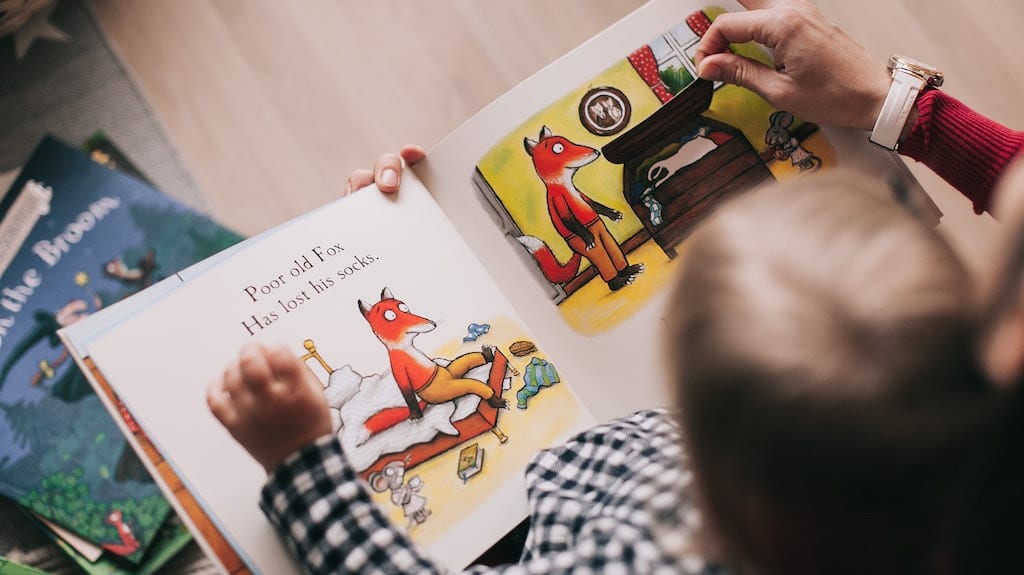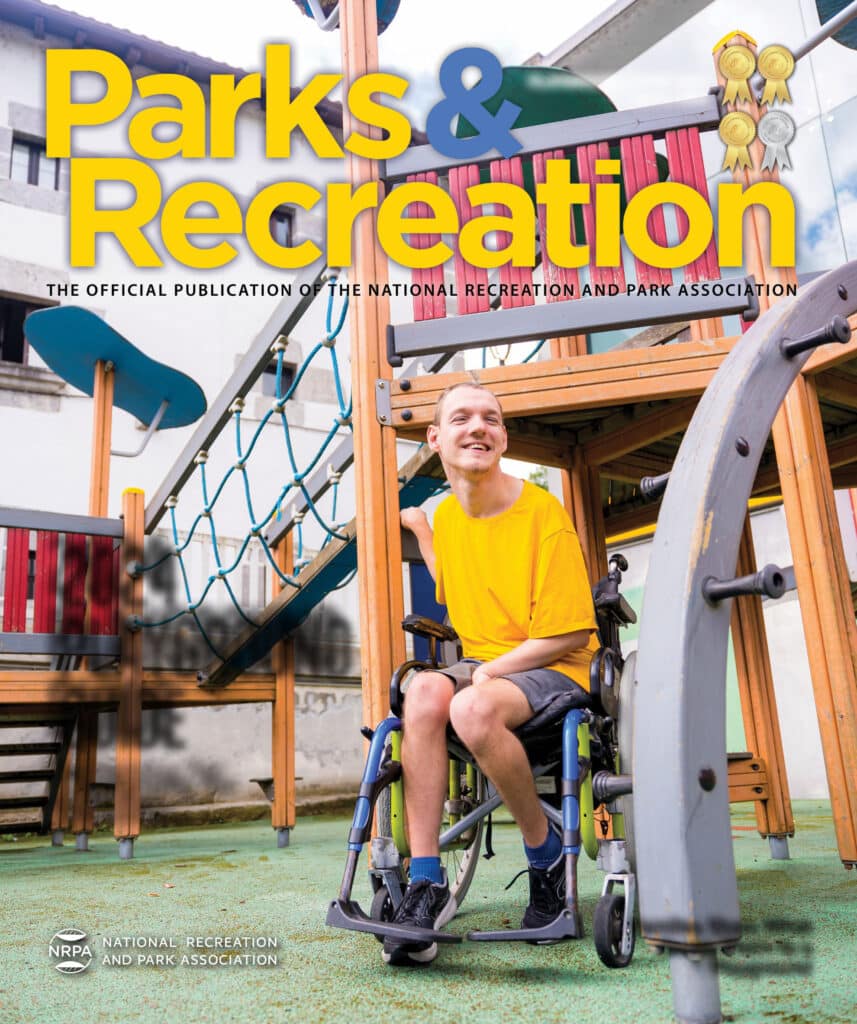How to Encourage a Child to LOVE Reading

Are you about ready to buy earplugs if you have to sit through another episode of “Sesame Street” or “Puppy Dog Pals?”
We all let our little ones indulge in some TV time. Perhaps as a result of unfavorable weather conditions that prevent outside play, or the need for a few uninterrupted minutes to send an email or prep dinner – it’s OK to give in without feeling guilty. But, if you’re like most parents and caregivers, concern about the lasting effects of too much screen time is very real.
Reading, on the other hand, is an essential life skill that aids in brain development during a child’s formative years. Among the countless benefits children access through reading, it also provides a valuable bonding experience when you read with your child. The added bonus is a little extra quiet time for parents and caregivers to recharge our batteries.
Help your child overcome common reading challenges and learn to LOVE books with the tips and suggestions below.
Reading Challenge #1: My child gets frustrated with turning the pages
Turning the pages of a paperback book can be a difficult task. For toddlers and children with special needs, this is particularly true. And, it may cause your child to feel frustrated, or maybe even feel turned off by books altogether. The key is to help your child get acquainted with books that are better suited to their needs. There’s a world of possibilities!
If your child is having trouble turning the pages of a book, try to:
Explore alternatives to paperback books.
With thick, sturdy edges, board books are generally much easier to grab onto. Plus, the pages do not stick together! Cloth books are another great alternative. If you are so inclined, you might even try an e-Reader with a button or tab that turns pages. Your child will have fun trying all the different types of books that are available!
Make page-turning a little easier.
A few simple adaptations can help your child turn the pages of a book more easily. One of the most popular variations is to create tabs at the bottom of the pages with an everyday item, like a popsicle stick. Other variations could include:
- Foam, cut into squares and glued to the pages;
- Pieces of sponge;
- Page protectors;
- Laminate paper;
- Peel and stick furniture protectors; and
- Paper clips.
We love seeing how crafty parents turn household items into “page fluffers” to help their child read! Share your tips and tricks for other parents on social media with the hashtag #UnlimitedPlay.
Listen to an audiobook together.
Between driving back and forth from school, soccer practice and doctor visits, you spend a lot of time in the car with your children. Why not try an audiobook instead of music or an iPad movie? Hopefully, this will also spark great conversations with your child at dinner and elsewhere – i.e., “What did you think about the chapter we heard on the way home from school today?”
Reading Challenge #2: My child is not interested in books
Children are full of energy! When compared to painting or playing video games, reading may be too much “sit-down time” for your busy little one. If they are not showing much interest in books, or are easily distracted from story time, you may need to get a little creative in your approach. And, although it is easy to feel frustrated, try to channel your energy into finding a new solution to try out together.
For a child who is not overly interested in reading, you might want to:
Try a different kind of book.
So, you have tried story books. No need to stop there! Your child may be interested in a photography/picture book, interactive lift-the-flap or sound book, cookbook or even a kids’ magazine. It can also be helpful to choose materials that tie-in to your child’s interests, such as a book about their favorite animal, movie or hobby.
If your loved one enjoys looking at pictures, why not make a photo album to help familiarize them with sitting and looking at pages? You can even use photos of out-of-town relatives to help them learn names and faces!
Minimize distractions during reading time.
You probably have a hard time reading the news (or your social media feed) when the TV is blaring and your family is busy doing other things around you. Your child is no different! If toys are scattered across your living room or playroom, put them away. Turn off the television, and put your smartphone out of sight. Create a quiet, soothing environment that is conducive to focusing on one thing at a time.
Establish a reading routine or experience.
Many parents find it beneficial to have a bedtime routine that incorporates reading. It could look like “tub time, followed by a book and then lights out.” As an added benefit, this may also create a structure that helps your child know when it is time for bed.
Another option: Take trips to the library together! Let your child have their own library card and carry it in a favorite backpack or purse. You could take your outing one step further by bringing those books to a favorite local coffee shop, for reading time with a favorite snack or hot chocolate.
Reading Challenge #3: My child does not recognize themselves in most story books
Books play a vital role in helping children learn and process the world around them. However, it can be very emotional for parents to sift through a pile of books that just do not resonate with their child’s experiences. The following can help a help child identify with literary characters.
Read books that celebrate diversity and inclusion.
There are so many wonderful books that can help your child learn about diversity in experiences and abilities. The internet is a great resource for book lists, such as:
- Romper’s “11 Children’s Books That Teach Inclusion”
- HuffPost’s “25 Children’s Books That Celebrate Differences”
- Book Riot’s “5 of the Best Children’s Books about Disabilities”
Share book recommendations with teachers and friends.
Your child’s teachers have a LOT on their plates. They would probably appreciate a friendly and encouraging hand in making selections for the class reading list. Find a time when they are available, and ask if they would be open to suggestions about books that might help classmates learn to befriend your daughter or son.
Create your own book!
When in doubt, do not be afraid to take things into your own hands – literally. Get out the craft supplies and encourage your child to make their own book. You may even feel inspired to try it with them. Everyone has a story to tell!
To make things really fancy, you could put your little one’s story in page protectors inside of a binder or folder, or another kind of binding that feels like a “real” storybook. Before you know it, your young author might have an entire series ready to go.
Learning Through Play with Unlimited Play Playgrounds
Books are an invaluable tool in helping children become life-long learners. But young scholars are born outside the classroom, too. Children learn through PLAY. Unlimited Play brings inclusive playgrounds to communities nationwide to help make play accessible for everyone. Every child has the right to learn and grow through unrestricted play.
Learn more about Unlimited Play, and how to bring an inclusive playground to your community.



